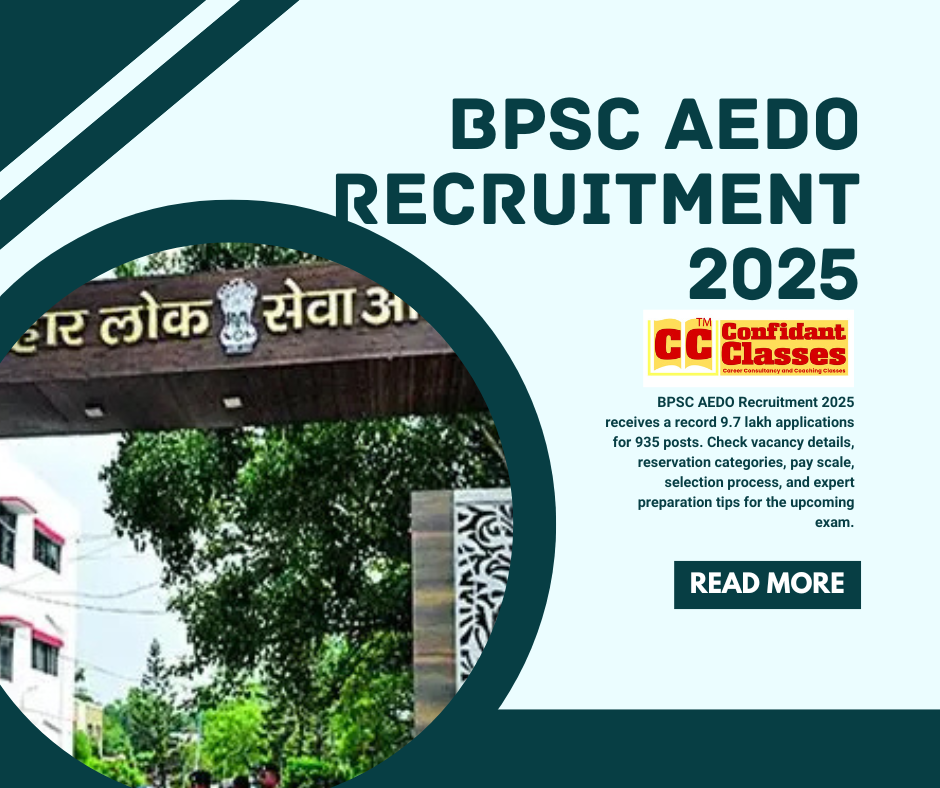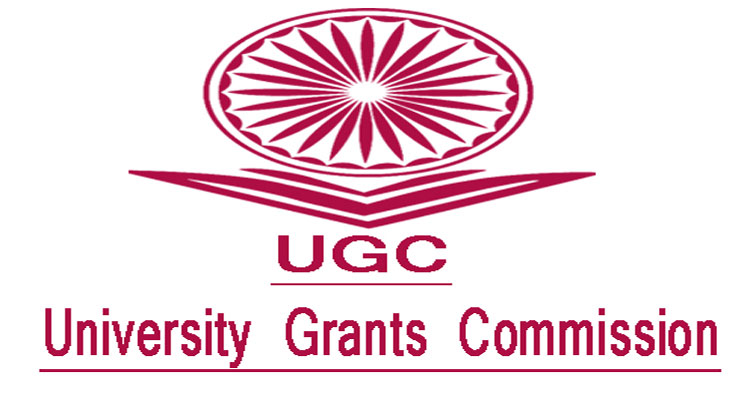In PK Ghosh v JG Rajput (1995), the Supreme Court stated; “The credibility of the functioning of the administration of justice system and the reasonable perception of the parties involved are relevant considerations to ensure the continuity of public confidence in the credibility and impartiality of the judiciary.
- This is necessary not only to deliver justice, but also to ensure that justice is seen to be done.
- “In its own words, the Supreme Court has been entrusted with the role of ‘watchman of the living’ in matters of fundamental rights.
- The right to obtain redress from the Court is in itself a fundamental right and the Court cannot waive to its own obligation in this regard.
Exercise of power
- Since taking office by Chief Justice J.S. Khehar in 2017, the Court has come increasingly in the public eye not for its role as protector of the Constitution, but for its repeated failures.
- Successive chief justices have failed to stem the court’s decline. With the Court having ratified the President of the Supreme Court as “master of the list” in a questionable decision in 2018, the presiding judges used their powers to constitute the courts and to allocate cases to the said courts in a very selective manner. This contradicts the fundamental principle of the rule of law.
- There is no doubt that the chief justice should be the administrative head. But you must exercise your powers in a fair and equitable manner. You should not create banks and assign cases to those banks in a way that tips the scales in favor of the executive.
- Decisions have been taken in favor of the executive in some of the most important issues affecting the nation, the Constitution, democracy and the people and their fundamental rights, such as the Ayodhya affair, the Rafale affair, the Birla affair -Sahara, and the order that the National Investigation Agency investigate the Hadiya case.
- On the other hand, the Court refuses to rule on the challenge to electoral obligations, the removal of article 370 and the habeas corpus cases, among others.
- All of these decisions come from the banks set up by the respective chief justices. The Supreme Court consists of a maximum of 34 judges, although it typically works with around 30.
- However, the constitution of courts and the allocation of cases has left much to be desired over the past five years. For example, various banks, all chaired by Judge Arun Mishra (now retired), have been assigned up to eight Adani Group cases.
Disturbing events
- The outcome of these cases is not the subject of this debate. The question is, does justice appear to have been served? Perhaps the court’s heinous failures were influenced by different but disturbing events involving these Chief Justices.
- The suicide note of former Arunachal Pradesh chief minister Kalikho Pul, which is otherwise admissible evidence, contained serious charges against “two senior judges” of the Supreme Court.
- Pul’s wife called for an investigation, which Chief Justice J.S. Khehar and his colleagues stopped. Compare that to the fact that the Supreme Court ordered a Central Investigation Bureau investigation into the suicide of actor Sushant Singh Rajput, where no suicide note was found.
- The same Court refused to order an investigation into the death of Judge B.S. Loya, for which he did not assure the subordinate judiciary that he supported him.
- Later, the fact that Chief Justice Dipak Misra presided over the Constitutional Court hearing on issues related to the medical school scam, as the FIR appointed unknown persons, including constitutional officials to fault, it may have weakened his authority. Many, including retired judges, were subsequently indicted in the case.
- Then came the charge of sexual harassment against Chief Justice Ranjan Gogoi. Shortly after the author’s arraignment, Chief Justice Gogoi, Judge Arun Mishra and Judge Sanjiv Khanna presided over a court on a Saturday to convict the plaintiff at the request of the Attorney General in a case which, according to them, was “of great public importance in relation to the independence of the judiciary”.
- The entire judiciary and executive have shown their arrogance in this matter. The complainant subsequently withdrew her complaint and the police filed a report indicating that no crime had been disclosed.
- Another court chaired by Judge Mishra received a strange affidavit from a lawyer and ordered an investigation by Judge A.K. Patnaik (retired) accused of attacking the judiciary saying.
- “This relates to the content of the affidavits, whether the affidavits are correct or not.” The court also ordered the main agencies to cooperate and investigate the case.
- At the same time, a three-member panel led by Judge S.A. Bobde and composed of Judge Indu Malhotra and Judge Indira Banerjee concluded that his complaint was unfounded. The report did not see the light of day.
- The author was reinstated immediately after Chief Justice Bobde took office. This justified it on the one hand and proves that all the measures taken by the Court and the police were unconstitutional.
Did these events influence the exercise of the powers of these three teachers on the list?
When Chief Justice Bobde took office, I wrote that his appointment gave “new hope to all concerned in the administration of justice”, but that his acceptance of the presidential proclamation of PK Mishra, Minister in chief secretary, expressed seriousness. worries about the times to come.
Functioning of the tribunal
- Since the closure, the Supreme Court has operated in a truncated fashion. Despite repeated requests from the Law Society, the virtual hearings have not improved.
- While higher courts use better systems, the Supreme Court persists in using a system that does not allow all judges to sit every day. Consequently, generally seven to eight banks sit daily against 13 to 15 which can be constituted by the roster master.
- The court, which said in March that the migrant exodus was triggered by the panic created by false news, has repeatedly postponed the case regarding the role of the media in publishing / disseminating false and vicious information about the Nizamuddin Markaz slandering part of the Indians.
- Isn’t the Court the protector of minorities? The functioning of the Court is far from satisfactory, although the Court affirms that a sufficient number of cases are known.
- The Bar and the litigants think otherwise. The formation of banks and the distribution of materials, even under the current exemption, remains subjective.
- Senior magistrates are not assigned to PIL cases and almost all issues raising important questions about the acts of the commissions and the omissions of the executive were assigned to the seats appointed by the President of the Supreme Court.
- The Court must review the role assigned to it by the Constitution. The Supreme Court must strongly reaffirm that it is truly the guardian of the fundamental rights of all citizens.












More Stories
NIOS Project in Delhi: Only 30% Students Pass Class 10 Exams in Last Four Years
UGC Approves 101 Universities to Offer ODL and Online Programmes for 2025–26: Complete List, Admission Deadline, and Key Guidelines
BPSC AEDO Recruitment 2025: Record 9.7 Lakh Applications for 935 Vacancies